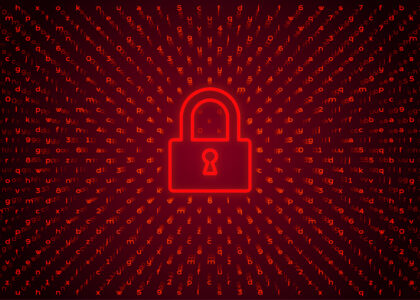In today’s cybersecurity landscape, even trusted tools can become weapons in the hands of attackers. A recent incident highlighted WithSecure’s Threat Intelligence team reveals how a fake version of the popular KeePass password manager was used to compromise VMware ESXi servers, resulting in a significant ransomware attack.
What Happened?
Attackers distributed a counterfeit version of KeePass, a widely used open-source password management tool, tricking users into downloading malicious software disguised as the legitimate app. Once installed, this fake KeePass harvested sensitive credentials, including VMware ESXi login information.
Armed with these stolen credentials, attackers infiltrated VMware ESXi hypervisors, critical components managing virtual machines in many enterprises. After gaining access, they deployed ransomware, encrypting virtual machines and effectively shutting down entire virtualized environments.
Why Is This Incident So Concerning?
- Trusted Software Exploited: KeePass is a reputable tool favored by cybersecurity professionals and everyday users alike for secure password storage. The counterfeit app was cleverly disguised to evade casual detection, showcasing how attackers target trust.
- Virtual Infrastructure at Risk: VMware ESXi hypervisors host vital business operations for many organizations. Compromising these environments can lead to catastrophic downtime, data loss, and costly recovery efforts.
- Credential Theft as an Attack Vector: The attack underscores the dangers of credential theft. Once attackers harvest passwords, they can move laterally, escalate privileges, and execute ransomware or other malicious activities.

Key Takeaways for Organizations and Users
- Verify Software Sources: Always download software, especially security tools like password managers, directly from official websites or verified sources. Avoid third-party sites that could host tampered versions.
- Implement Multi-Factor Authentication (MFA): Adding MFA to critical systems like VMware ESXi significantly reduces the risk of unauthorized access, even if credentials are compromised.
- Regularly Audit Access and Credentials: Routine checks for unusual login activity and immediate revocation of compromised credentials can limit attack impact.
- Educate Users on Phishing and Malware Risks: Awareness training helps users recognize suspicious downloads and links, reducing the likelihood of installing malicious software.
- Maintain Robust Backups: Ensure frequent and secure backups of virtual machines and critical data. In ransomware events, reliable backups are essential for swift recovery without paying ransom.
Final Thoughts
This incident is a stark reminder that no tool, no matter how trusted, is immune from being weaponized by cybercriminals. Vigilance, strict software sourcing policies, and layered security defenses remain crucial in protecting virtual environments and sensitive data.
If your organization relies on VMware ESXi or similar virtual infrastructure, now is the time to review your security posture, implement MFA, and educate your teams about the dangers of counterfeit software. Staying proactive is the best defense against evolving ransomware threats.
Learn more about how Nullayer can help with your cybersecurity needs.






